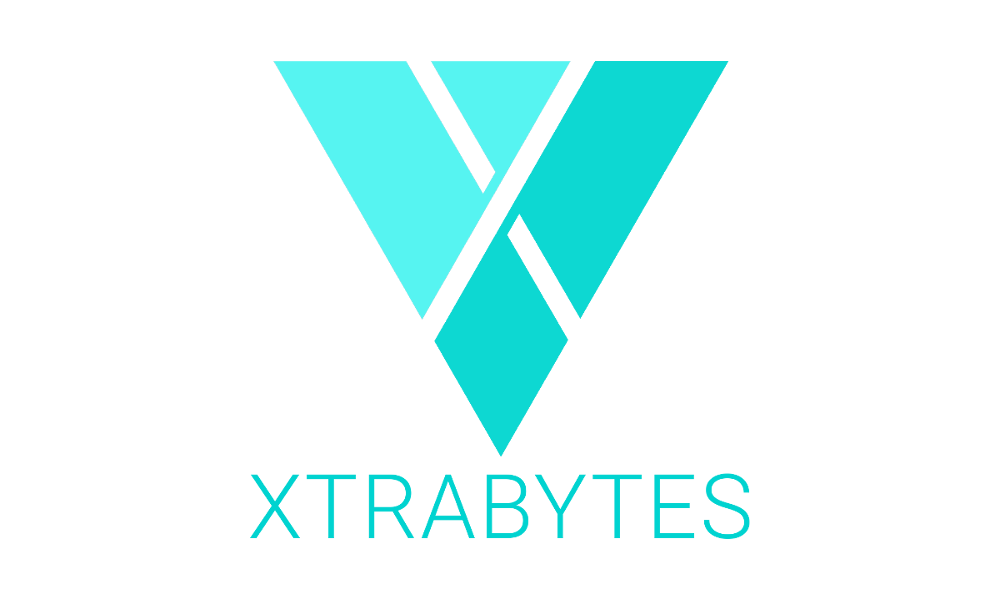There can never be enough competition in the world of blockchain service providers. Xtrabytes hopes to make a positive impact on this industry in the months and years to come. They focus on providing a modular blockchain platform offering better security, scalability, and decentralization opportunities. It has its own algorithm and consensus method, as well as a native token to be used throughout the ecosystem.
What is the Xtrabytes Modular Blockchain?
There are certain features and aspects of blockchain technology which some users or companies may like, even though they offer no benefits to others. A modular blockchain makes a lot of sense, and Xtrabytes wants to capitalize on this opportunity. This platform is designed to let decentralized application developers create new products and services to shape the future of blockchain technology.
How Does it all Work?
What makes Xtrabytes so interesting is that it has its own consensus algorithm. In this case, consensus is achieved through the proof-of-signature technology known as Zolt. This ensures a system-wide block signature rate of 100% to provide an additional level of security not found in other blockchain or cryptocurrency solutions. Additionally, there is no need for mining operations, which means Zolt is one of the more eco-friendly consensus algorithms in the world of blockchain technology right now.
Xtrabytes also makes use of STATIC nodes. In this case, STATIC is an acronym for Services Transactions and Trust In-Control nodes, which are the backbone of the network infrastructure. Node owners receive transaction and service fees from the dApp modules they host and will host. Moreover, this model is a key pillar of the proof-of-signature consensus mechanism, as all blocks on the network need to be signed by all STATIC node operators accordingly.
There is also the X-Vault service, which is a decentralized data storage module. Data is distributed among STATIC nodes and encrypted to ensure maximum security and privacy. The X-Change decentralized exchange focuses on exchanging cryptocurrencies in a peer-to-peer fashion. Last but not least, Xtrabytes prides itself on being scalable and flexible, as the platform is code-agnostic and compatible across consumer platforms.
The XBY Cryptocurrency
As is usually the case, this platform’s developers have created their own native currency for this ecosystem, known as XBY. The main purposes of this currency include covering network transaction fees, achieving modular services on the network, and serving as a revenue stream for STATIC node owners. Depending on how many dApps are built on top of Xtrabytes in the future, it is certainly possible that this currency will get a lot of positive attention moving forward.
What’s Next for Xtrabytes?
According to the roadmap on the Xtrabytes website, the current focus is on developing core modules and improving the STATIC node model. Some testing still needs to be done in this regard, as the developers want to deliver a bug-free solution. Additionally, there will be a strong focus on marketing efforts as well as introducing external modules not developed by the Xtrabytes team. It will take quite some time for all of these features to come to market, though, but it is clear this is a long-term project first and foremost.

